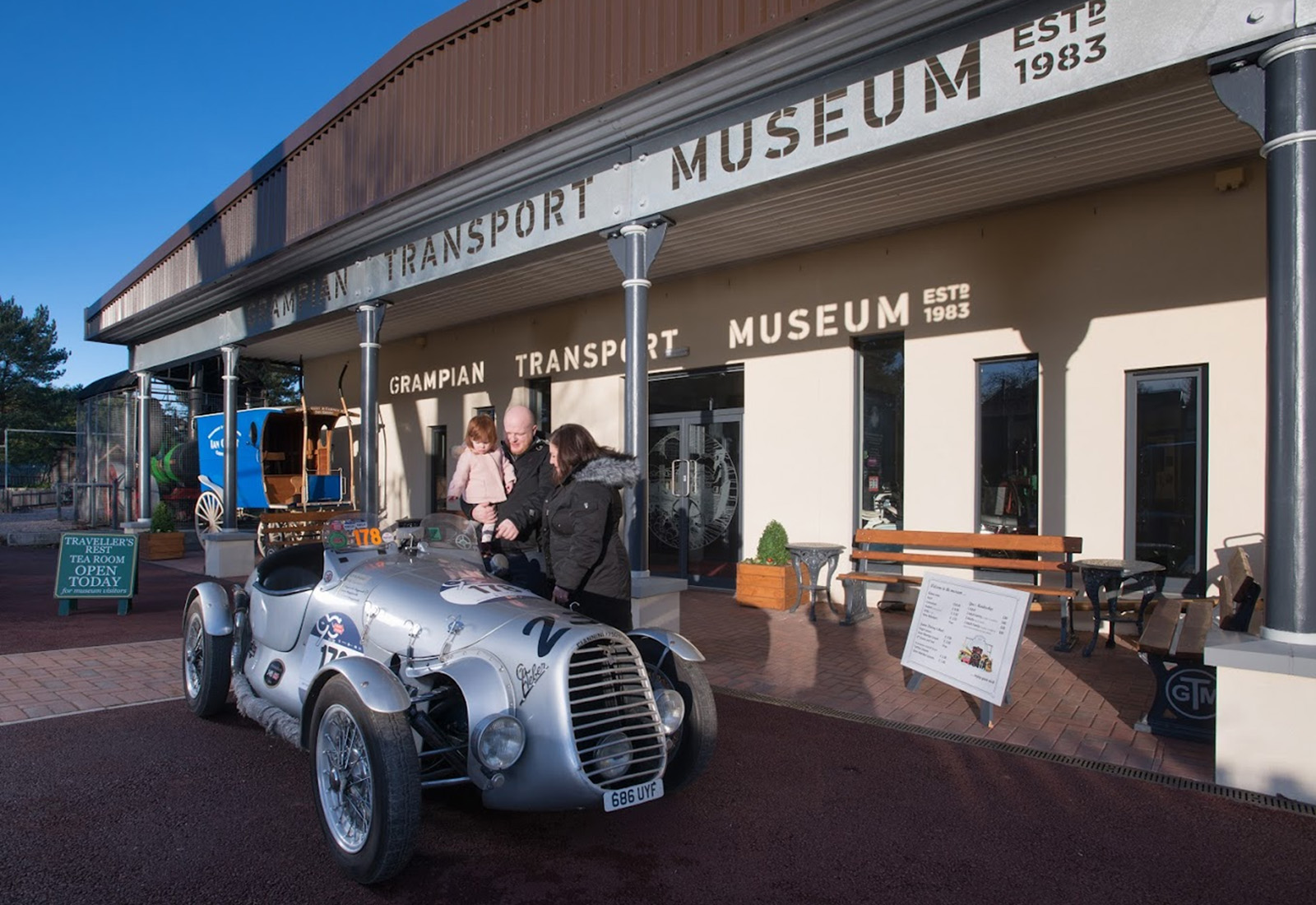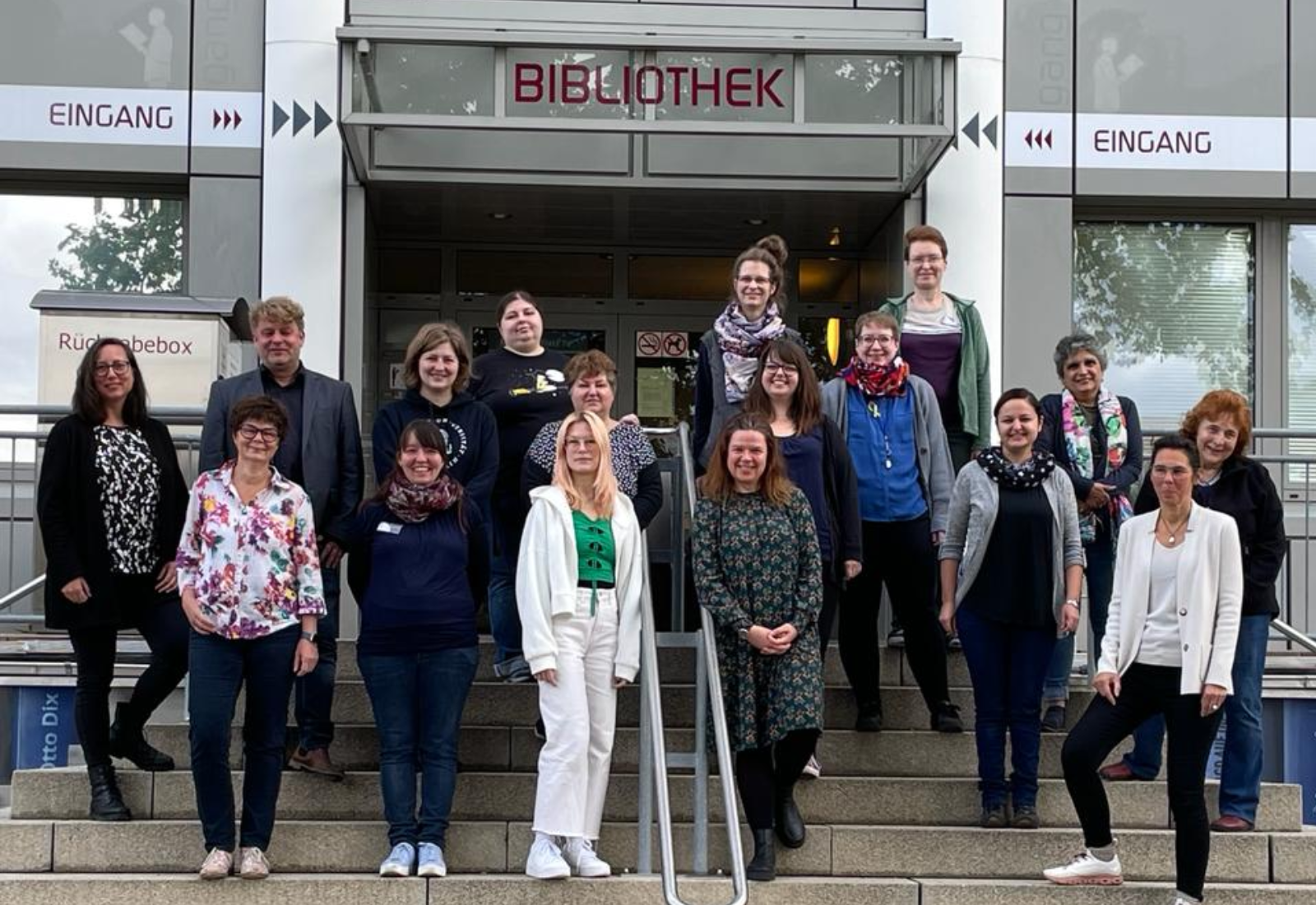
Saving Street Art For Future Generations
HOW DID YOUR FOUNDATION GET STARTED?
Since Banksy became popular, people have started taking street art more seriously. These days they even put it in museums. Recently, a new film called Saving Banksy was released, that gives a new perspective to outside art, street art. We were very excited about this film and what we do in our foundation is collect all kinds of productions related to street art.
When our foundation started out, it wasn’t our purpose to save street art, or even to make a collection out of it. We just formed a group of creative people and building owners to make street art on community walls. We did that for two or three years and the community really liked what we produced in the neighbourhood because we worked hard to make it engaging. We received requests to paint more and expand the project.
Owners of buildings asked us to come up with an idea for their walls which could use a bit more colour. People love it. It’s entertainment because that’s what street art really is rather than an actual collection. But that changed…
The walls we were allowed to paint on became bigger as we became more popular and the work was less temporary, unlike most street art, and more permanent. People actually try very hard to save it. Instead of wanting to demolish painted walls, the art adds value to them.
We started to ask questions: What are we to do with this art? How are we going to maintain it? Does it need restoration at some point? Is it meant to stay on that wall forever? When you start asking these questions, you’re actually talking about collection management.
In December 2015 we were invited to speak about street art and its preservation at the Reinwardt Academy (Academy for Museology) in Amsterdam. Afterwards, a student approached us and she started later as an intern. For her internship she started with registering our collection. We became more of a serious cultural institute as you suddenly have to deal with ICOM rules, the evaluation guidelines set up by the government, etc. Two other interns joined us and helped out with the collection plan and marketing.
WHY DID YOU DECIDE TO START LOOKING FOR A COLLECTIONS MANAGEMENT SYSTEM?
We want to become an official museum about street art, but to get a formal registration, you need to have an ANBI-status (a public interest organisation status) and the right museology equipment for collection management such as a collection database.
We also want our collection to be accessible as well: through the internet or in your museum. Our goal is essentially to share the collection online.
WHY DID YOU CHOOSE TO START USING ADLIB AS YOUR COLLECTION MANAGEMENT SYSTEM?
We got different recommendations from people and other museums. The students at the Reinwardt Academy came up with an implementation plan and told us that Adlib is the most suitable system for us. We already have a collection registered in Google Cultural Institute and we wondered what the differences were between that online platform and Adlib because Google Cultural Institute is a very comprehensive solution. But when talking about collection management specifically, everybody agreed that we had to go with Adlib. That was even before we contacted Axiell.
I contacted Axiell to get more information about the different solutions available. The Adlib Museum software is very suitable for us, and Adlib Museum Basis license is great for a small institute. With Axiell Collections now available also for use with Adlib, we had to think whether we purchase a one-off license or sign up for the cloud solution.
AXIELL SUGGESTED YOU SIGN UP FOR AXIELL COLLECTIONS. WHAT CONVINCED YOU TO CHOOSE AXIELL COLLECTIONS AS A CLOUD SOLUTION INSTEAD OF A LOCALLY INSTALLED SYSTEM?
We are a small, non-profit museum and we can’t afford to have our own in house IT-support like a big museum can. We only have one full time employee and a few interns and if anything happens to our system or our equipment, everything is safely saved in the cloud and can be accessed from another computer.
It’s a huge benefit that we can work remotely. We are not dependent on the hardware that is stored in the museum. I can also give other people access, such as volunteers and students of the Reinwardt Academy, who will help out with the upcoming collection management tasks. One intern recently had an accident and could only work from home. With Axiell Collections she can still do her job thanks to the online service.
Axiell Collections is very agile and turns a rigid process such as entering data into a flexible job that can be done from any computer as long as you have the login credentials.
Our museum doesn’t have professional staff employees. We work with students and volunteers who rotate regularly. We have to share the access to the system and Axiell Collections supports this and makes it easier for us to manage our collection.
A special demo account was set up and that helped me to better understand Axiell Collections and how it looks. You can play with it and it’s not that hard to learn. I thought it would be very difficult to start working with, but it’s totally the opposite.
AS A START-UP, HOW DO YOU THINK THAT AXIELL COLLECTIONS CAN SUPPORT YOUR FUTURE AS THE STREET ART MUSEUM OF AMSTERDAM?
Axiell Collections is agile and it’s flexible. I like the fact that you can easily extend the number of login accounts. We also want to register different types of files. We want to store the augmented reality that is made from our art works. Other new technology will be saved in Axiell Collections such as other animations made from the artwork. Sometimes street art will be demolished. With the augmented reality, we can still show people how the art work was depicted. With stored photographs we can restore the murals. All the important information and media files of the artwork is kept together which makes it easier for us to manage everything.
In the future we want to show our collection online. Axiell’s solutions have the advantage that they can easily be expanded with different modules that can make this happen. Once all the data is in Axiell Collections, we can look for the right solution for us to show the world the beautiful pieces of street art we have in Amsterdam and to interact with the public.
DO YOU HAVE TIPS FOR OTHER SMALL CULTURAL INSTITUTES THAT WILL HELP THEM WITH THEIR COLLECTION MANAGEMENT?
First of all I would say that you should ask other people for help and advice, someone else’s expertise can be of great value. It really helped me to collect information about the newest trends in collection management. Axiell also explained to me what was possible and what was achievable and reasonable for our standard and goals.
For more the Street Art Museum in Amsterdam, visit their website.




